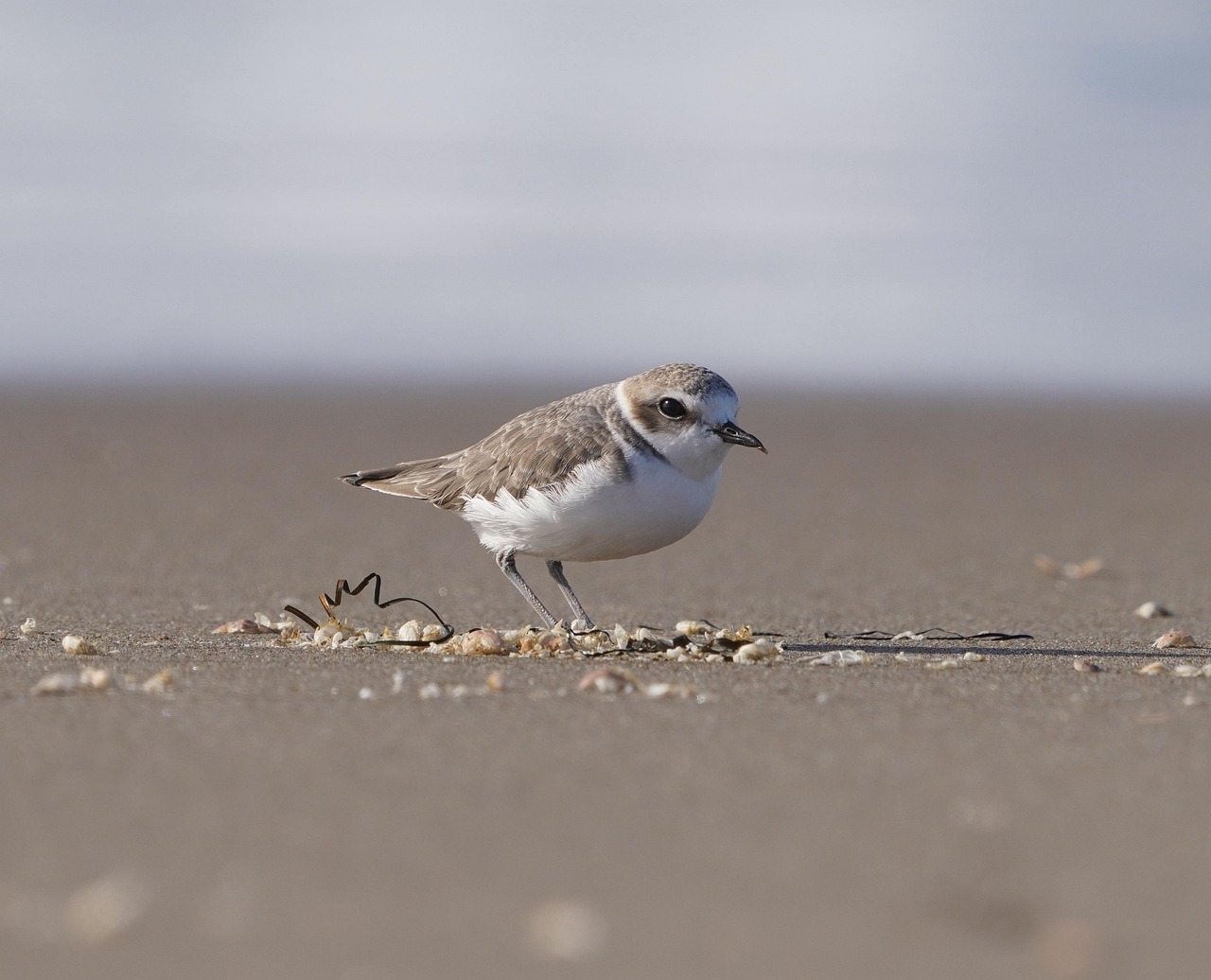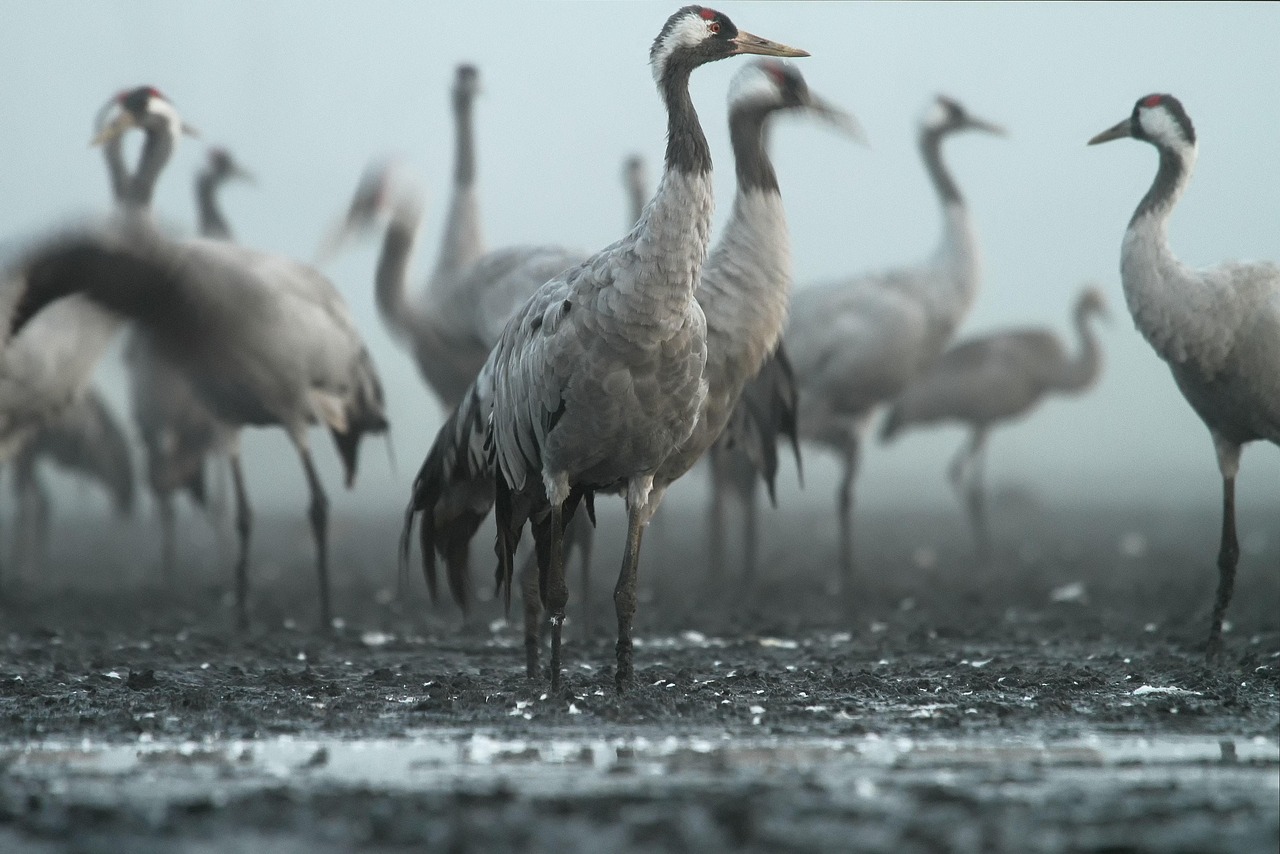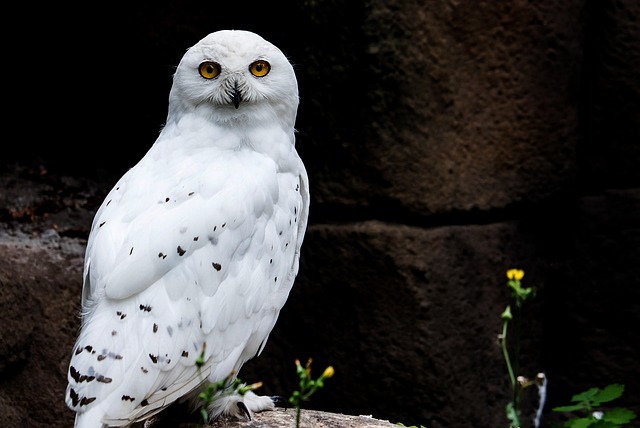
Great Salt Lake serves as a critical habitat for the Western Snowy Plover (Charadrius nivosus), a small shorebird that thrives in the lake’s saline environment. These birds, masters of camouflage with their pale plumage that blends perfectly with the salt-crusted playa, represent an important indicator species for the health of this unique ecosystem.
A Significant Population
The Western Snowy Plover exists in two primary populations: coastal birds that nest along the Pacific (listed as Threatened under the Endangered Species Act since 1993) and migratory birds that breed in the interior western United States and Mexico. While not federally listed, this interior population receives protection as a Species of Greatest Conservation Need through state Wildlife Action Plans in Utah, Nevada, Kansas, and other states.
A comprehensive breeding survey conducted in 2007-2008 counted approximately 23,555 Snowy Plovers across the continental United States and Mexico. Great Salt Lake hosted 5,541 individuals—representing 23% of the total population. Only Salt Plains National Wildlife Refuge in Oklahoma had comparable numbers, with 5,280 birds (22% of the population). The remaining plovers were distributed in smaller groups throughout their range (Thomas et al., 2012).
Great Salt Lake: An Essential Ecosystem
The expansive playas and mudflats of Great Salt Lake create ideal breeding grounds for Snowy Plovers. These dynamic areas, which change with fluctuating water levels, form crucial microhabitats for nesting and feeding. The lake’s hypersaline conditions support brine shrimp and brine flies that provide essential food sources for plovers and numerous other bird species.
Beyond serving resident birds, Great Salt Lake functions as a vital stopover for migratory species. The ecosystem’s health influences everything from avian populations to regional dust patterns and nutrient cycling, making its preservation a priority for conservation efforts.
The Monitoring Program
In 2023, Audubon’s Saline Lakes Program partnered with Audubon Rockies’ Gillmor Sanctuary and Tracy Aviary’s Conservation Program to establish a dedicated Snowy Plover Monitoring Program on Great Salt Lake’s south shore. This initiative builds upon previous research by Dr. John Cavitt of Weber State University, whose work provided foundational data on plover breeding success and threats (Ellis, Cavitt, & Larsen, 2015).
From April through August, a team of trained ecologists and community science volunteers conducts comprehensive surveys along the south shore. The monitoring work begins at sunrise, with team members searching for signs of plover activity across the salt flats. Using field techniques and technologies like nest cameras, the team gathers data on nesting behavior, success rates, and factors affecting reproductive outcomes.
The south shore, popular for recreation, faces disturbances that can negatively impact nesting sites. The program employs direct observations and nest cameras to measure these disturbances and their effects on the plovers.
Technological Advances in Monitoring
Nest cameras serve as a critical tool in the monitoring program, documenting plover activity without disturbing the birds. This non-intrusive approach helps researchers assess nest activity and identify threats like predation and flooding—significant causes of nest failure. Analysis of the footage provides insights into nesting behaviors and external factors affecting nest success.
In 2024, the project introduced Motus Wildlife Tracking System tags on Snowy Plovers—a first for this species at Great Salt Lake. These lightweight tags track individual birds in real-time, revealing previously unknown aspects of their behavior and migration patterns. One tagged plover demonstrated remarkable endurance by traveling nonstop from Great Salt Lake to Mexico in just one day (July 18-19), reaching speeds up to 44.87 miles per hour. This data helps researchers understand how and when these birds navigate between habitats.
Community Involvement
The monitoring program emphasizes community participation, with volunteers playing essential roles after comprehensive training. These community scientists contribute to nest monitoring, camera setup, and educational outreach. Their involvement strengthens conservation efforts while fostering public awareness about Snowy Plovers and their habitat needs.
This collaborative approach has yielded valuable information about plover breeding habits and challenges, creating a network of informed advocates for Great Salt Lake conservation.
Conservation Impact
The monitoring program aims to create tangible conservation outcomes. Data collected informs strategies to reduce disturbances and improve nesting success. The team works with Utah state agencies, including the Department of Forestry, Fire, and State Lands and the Division of Wildlife Resources, to guide management of shoreline human activities and broader conservation initiatives.
With Great Salt Lake hosting one of the largest inland Western Snowy Plover populations, the project’s findings have implications for conservation across the species’ range. The strategies developed here can potentially benefit plover populations in other regions facing similar challenges.
Looking Forward
The Snowy Plover Monitoring Program demonstrates the importance of dedicated research and community involvement in protecting vulnerable species. Through careful observation, innovative techniques, and collaborative conservation, this initiative works to secure a future for Snowy Plovers at Great Salt Lake.
References
Ellis, K. S., Cavitt, J. F., & Larsen, R. T. (2015). Factors influencing snowy plover (Charadrius nivosus) nest survival at Great Salt Lake, Utah. Waterbirds, 38(1), 58-67.
Thomas, S. M., Lyons, J. E., Andres, B. A., T-Smith, E. E., Palacios, E., Cavitt, J. F., Royle, J. A., Fellows, S. D., Maty, K., Howe, W. H., Mellink, E., Melvin, S., & Zimmerman, T. (2012). Population size of snowy plovers breeding in North America. Waterbirds, 35(1), 1-14.


